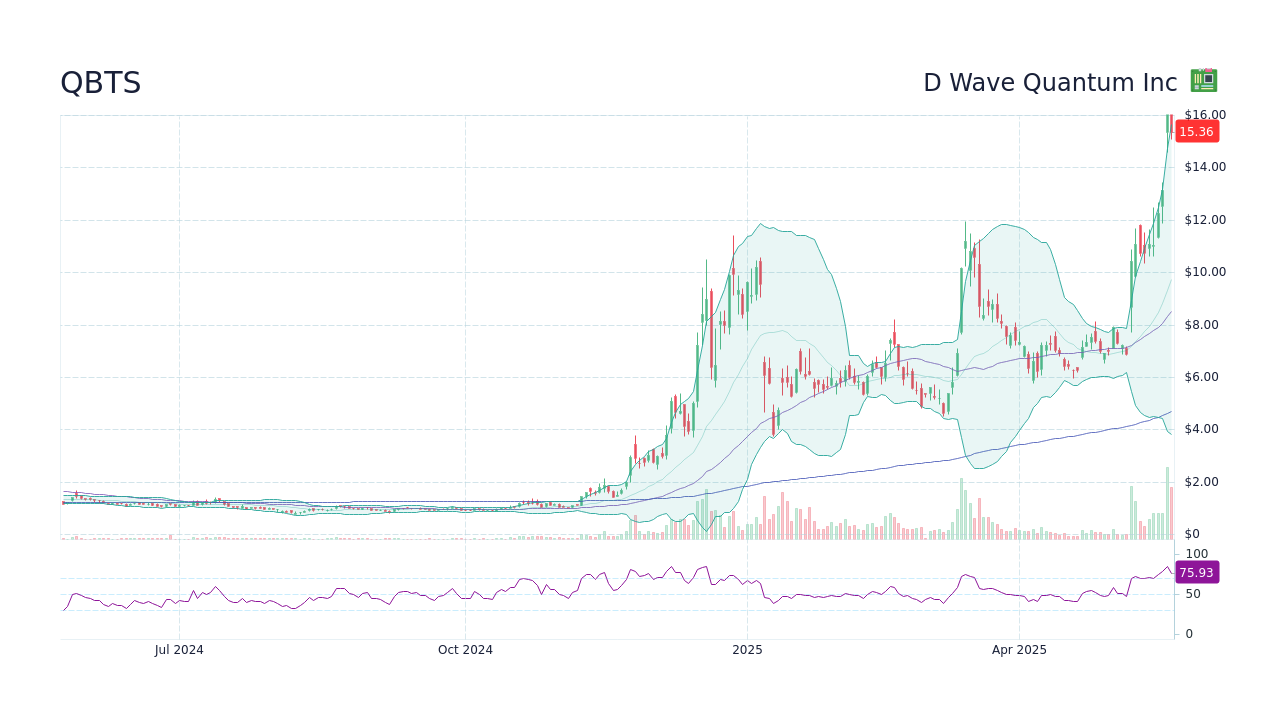Femicide: What It Is And Why It's Increasing

Table of Contents
Understanding Femicide: Defining the Scope of the Problem
Defining Femicide and its Different Forms
Femicide, the intentional killing of women because they are women, represents the extreme end of violence against women. It's a gendered crime, distinct from other forms of homicide. Femicide encompasses various forms, including:
- Intimate partner femicide: Killing by a current or former spouse or partner. This is often characterized by a pattern of abuse preceding the murder.
- Family femicide: Killing by a family member, such as a father, brother, or son. This can stem from disputes over family honor or control.
- Acquaintance femicide: Killing by someone known to the victim but not necessarily an intimate partner or family member.
- Stranger femicide: Killing by a complete stranger, often driven by misogyny or sexual violence.
Femicide statistics reveal a horrifying truth: patriarchal structures, where men hold disproportionate power, often contribute to the normalization and perpetuation of such violence. The pervasive nature of gender inequality fuels these crimes.
The Global Prevalence of Femicide
Global and regional femicide rates vary significantly, but the problem is widespread. Data from organizations like the UN and WHO paint a grim picture.
- Data sources: The UN Office on Drugs and Crime (UNODC) and the World Health Organization (WHO) collect and analyze data on femicide, though underreporting remains a significant challenge.
- High-risk areas: Maps illustrating femicide rates can highlight regions with particularly high incidences, often corresponding with areas of significant gender inequality and weak rule of law.
- Underreporting: A significant portion of femicide cases go unreported due to fear, stigma, and lack of trust in law enforcement. Many deaths are misclassified as suicides or accidents.
Factors Contributing to the Rise of Femicide
Socio-Cultural Factors
Deep-rooted societal norms and attitudes significantly contribute to femicide.
- Harmful traditions: Practices like honor killings, dowry-related violence, and forced marriage directly lead to the killing of women.
- Misogyny and sexism: Pervasive misogyny and sexism, often normalized through media representations and social attitudes, create an environment where violence against women is tolerated or even excused.
- Cultural attitudes: Cultures that prioritize male dominance and undervalue women's lives contribute to a climate of impunity for perpetrators.
Economic Factors
Economic factors exacerbate the risk of femicide.
- Poverty and violence: A strong correlation exists between poverty, economic inequality, and violence against women. Financial stress can intensify existing tensions within relationships.
- Lack of access to resources: Women lacking economic independence may be more vulnerable to abuse and femicide because they are dependent on their abusers.
- Economic dependence: Economic dependence on abusers can trap women in violent situations, making it difficult to escape or seek help.
Political and Legal Factors
Weak governance and ineffective legal systems contribute to the persistence of femicide.
- Inadequate legal protection: Laws protecting women from violence may be weak or inconsistently enforced.
- Corruption within law enforcement: Corruption and a lack of accountability within law enforcement agencies allow perpetrators to escape justice.
- Lack of political commitment: A lack of political will to address gender-based violence and implement effective policies hinders progress.
The Impact of Femicide on Individuals and Society
Psychological and Emotional Trauma
Femicide has devastating consequences for individuals and communities.
- Long-term effects on children: Witnessing violence or losing a mother to femicide can have severe and lasting psychological effects on children.
- Mental health issues: Survivors of femicide, including family and friends, often experience severe trauma, anxiety, depression, and PTSD.
- Intergenerational trauma: The impact of femicide can be transmitted across generations, affecting future relationships and well-being.
Societal Consequences
The broader societal impact of femicide is significant.
- Impact on economic development: Femicide hinders economic development by reducing women's participation in the workforce and disrupting families.
- Increased fear and insecurity: The pervasiveness of femicide creates a climate of fear and insecurity, particularly for women.
- Diminished women’s participation: Fear of violence limits women's participation in education, employment, and public life.
Conclusion
Femicide, the intentional killing of women because they are women, is a grave violation of human rights. We've explored several factors contributing to its rise, including socio-cultural norms, economic disparities, and weaknesses in political and legal systems. The impact of femicide extends far beyond the victim, leaving lasting trauma on families and communities while undermining societal progress. Understanding femicide is the first step towards ending it. Learn more about the issue and get involved in combating gender-based violence today. Support women's organizations, advocate for stronger legislation, educate others about femicide, and donate to relevant charities. Let's work together to eradicate femicide. [Link to relevant resources]

Featured Posts
-
 D Wave Quantum Qbts Stock Price Movement Examining The Recent Spike
May 21, 2025
D Wave Quantum Qbts Stock Price Movement Examining The Recent Spike
May 21, 2025 -
 Le Theatre Tivoli De Clisson Restauration Et Patrimoine Grace Au Loto Du Patrimoine 2025
May 21, 2025
Le Theatre Tivoli De Clisson Restauration Et Patrimoine Grace Au Loto Du Patrimoine 2025
May 21, 2025 -
 Amazons Quebec Warehouse Closures A Legal Battle With The Union
May 21, 2025
Amazons Quebec Warehouse Closures A Legal Battle With The Union
May 21, 2025 -
 The Trump Years An Examination Of Aerospace Deal Transparency
May 21, 2025
The Trump Years An Examination Of Aerospace Deal Transparency
May 21, 2025 -
 The World Trading Tournament Wtt Aimscaps Competitive Edge
May 21, 2025
The World Trading Tournament Wtt Aimscaps Competitive Edge
May 21, 2025
Latest Posts
-
 When Will It Rain Precise Timing And Chances Of Precipitation
May 21, 2025
When Will It Rain Precise Timing And Chances Of Precipitation
May 21, 2025 -
 Checking For Rain Get The Latest Timing And Forecast Updates
May 21, 2025
Checking For Rain Get The Latest Timing And Forecast Updates
May 21, 2025 -
 Current Rain Predictions Accurate Timing Of On And Off Showers
May 21, 2025
Current Rain Predictions Accurate Timing Of On And Off Showers
May 21, 2025 -
 Reddits 12 Hottest Ai Stocks Should You Invest
May 21, 2025
Reddits 12 Hottest Ai Stocks Should You Invest
May 21, 2025 -
 Big Bear Ai Stock Risks And Rewards For Investors
May 21, 2025
Big Bear Ai Stock Risks And Rewards For Investors
May 21, 2025
